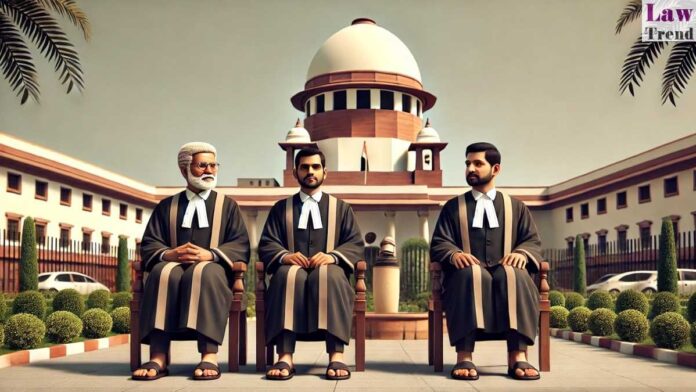The Supreme Court of India, on January 30, revised the earlier stringent prerequisites for appointing ad hoc judges in High Courts, which were initially set in April 2021. The amendment came in response to the burgeoning pile of unresolved cases, especially criminal appeals, across the country.
The apex court’s earlier ruling had stipulated that ad hoc judges, as per Article 224A of the Constitution, could be appointed only if the judicial vacancies were over 20% of the sanctioned strength. This threshold, however, has been put in abeyance by the court’s latest decision.
The ruling was delivered by a bench headed by Chief Justice Sanjiv Khanna, alongside Justices BR Gavai and Surya Kant, who collectively aimed to streamline the process amid the escalating judicial delays. The decision revises the court’s prior mandate from the Lok Prahari case, which restricted ad hoc appointments unless 80% of the seats were filled or pending recommendation.
Under the new directive, the court articulated that the previous limit on vacancies—mandating not more than 20% to consider ad hoc appointments—will no longer apply. The objective is to allow High Courts more flexibility to appoint retired judges on an ad hoc basis without the constraints of vacancy percentages.
The court also issued specific guidelines for the number of ad hoc judges each High Court could appoint, which should range from two to five, but not exceed 10% of the total sanctioned strength. These judges will primarily focus on two-judge benches dealing with the backlog of criminal cases.




